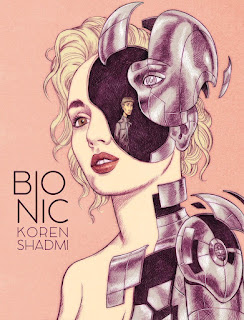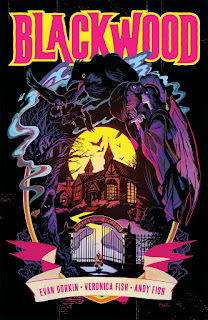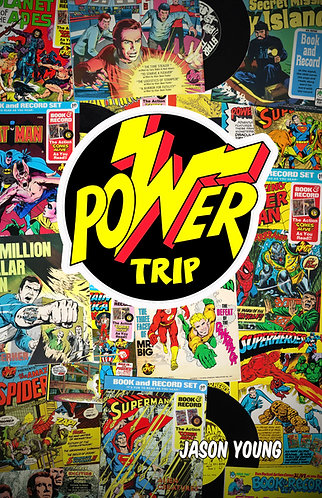REVIEW: Batman: The Long Halloween Deluxe Edition

Batman: The Long Halloween has been embraced as a superb Batman tale, a solid mystery story, and a superlative effort from Jeph Loeb and Tim Sale. It has remained in print since its arrival in 1996-97. Warner Animation tackled this in 2021, releasing it in two parts, which I liked when I reviewed them here and here.
The parts have now been sewn together into a far more satisfying single volume, upgraded to 4k Ultra HD, which incrementally enhances the overall enjoyment.
The 13-part story is set early in Batman’s career, with Loeb plumbing the Gotham underworld as established by Frank Miller and David Mazzucchelli in Batman: Year One. Interfering in Carmine “The Roman” Falcone’s (Titus Welliver) gang operations is the arrival of the Holiday Killer. Tracking him with little effect over the course of a year are Batman (Jensen Ackles) and his grudging allies Captain James Gordon (Billy Burke) and District Attorney Harvey Dent (Josh Duhamel).
The trail pits the newly minted Dark Knight against his familiar rogue’s gallery with the addition of Solomon Grundy. Along the way, we see Falcone deal with his adult children with varying degrees of success counterpointed by Dent’s strained marriage with his unhappy wife Gilda (Julie Nathanson), and Gordon’s fraying homelife.
The adaptation is one of the more successful ones from the studio and edited together, is stronger. The 2160p is marginally better than the Blu-ray, even with the HDR10 enhancement added. There appear to be numerous banding and compression issues here and in the combined Blu-ray version, also included.
The DTS-HD 5.1 Master Audio mix for both 4K and Blu-ray are perfectly fine, though unexceptional.
The 4K, Blu-ray, Digital HD code combo pack offers one new 4K featurette: The Long Halloween: Evolution of Evil (24:56) with Loeb, screenwriter Tim Sheridan, producers Jim Krieg and Butch Lukic, and others.
The Blupray repurposes older features including
BLU-RAY DISC
The Long Halloween: Evolution of Evil (24:56)
From the Vault – Batman: The Animated Series: “Christmas With The Joker”, “It’s Never Too Late”, “Two-Face – Part One”, and “Two-Face – Part Two”.
Bottom line: if you don’t have this yet, buy this version for an all-in-one experience. If you have the two parts already, there is nothing to compel you to upgrade.




















